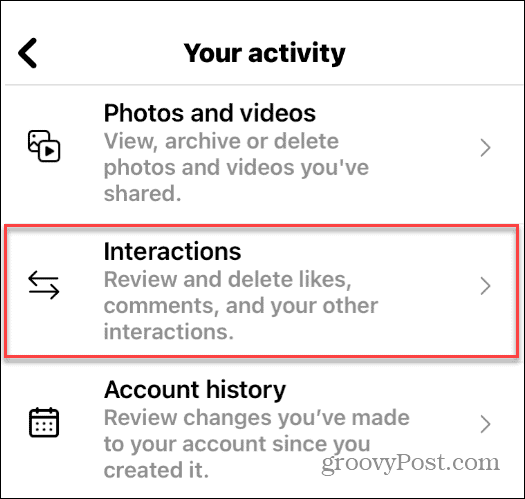
Naveen Garg is a Professor of Computer Science at IIT-Delhi. He is interested in the design and analysis of algorithms. An algorithm is a set of rules which can solve a problem in mathematics or computer science.
Naveen Garg completed his graduation and PhD in Computer Science and Engineering at IIT- Delhi. He was a Postdoctoral Fellow in Max Planck Institute for Informatics and also was a research scientist there. Then he joined IIT – Delhi and now he is Janaki and K.A. lyer Cnair Professor in the Computer Science and Engineering Department and also the Dean, AAIP (Alumni Affairs and International Programs). He is also the co-director of the Indo-German Max-Planck Center for Computer Science (IMPECS).
Naveen Garg has secured the Wilhelm Bessel Research Award by Alexander von Humboldt Foundation in Germany in 2001. He won the Career Award for Young Teachers instituted by All India Council for Technical Education in 2004. The Indian National Academy of Engineering presented him with the Young Engineer Award in 2005 and Indian National Science Academy awarded him the Young Scientist Medal in 2006. Also, he was elected as a Fellow of Indian Academy of Sciences, Bangalore and Indian National Academy of Engineering in 2014 and 2020 respectively.
He was awarded the Shanti Swarup Bhatnagar Prize for Science and Technology in 2016.
Picture Credit : Google





